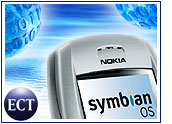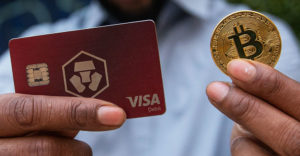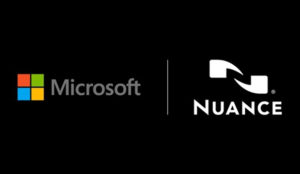
A clear demand for mobile multimedia services is emerging, according to new consumer studies conducted for cell phone maker Nokia, and analysts said adoption of the services is set to take off in the coming years and will drive new form factors.
According to the studies by MORI, a UK-based market researcher, services like push-to-talk, also known as cell phone walkie talkie; instant messaging (IM); content sharing; video sharing; and presence, a service that allows mobile phone users to display their status to others, have the broadest appeal to the socially active 16- to 34-year-olds. Push-to-talk also has potential for more mainstream appeal, the studies showed.
Increased Spending
The studies indicate that between 33 percent and 43 percent, or a total of 90 million main mobile phone users in Great Britain, Germany, Singapore and the United States, say they would be likely to use interactive mobile multimedia services in the next two years.
Study authors said they expect these services to generate an increase in monthly incremental spending of between 11 percent and 26 percent for individual services, depending on the service.
“We are looking at the cell phone as the next big thing that enables mobile computing, mainly because phones are getting smarter,” Burton Group senior analyst Mike Disabato told the E-Commerce Times. “We’ll see bigger form factors coming in some way, shape or form over the next few years. Those form factors will be driven by the applications that people want to run.”
The studies show that the drivers for adoption of mobile multimedia services vary for the different services. For instance, group communication and a familiarity with PC-based instant messaging is driving the demand for mobile IM service. Along with ease and speed of use, group communication possibilities are also driving push-to-talk services.
The real-time sending of video during a phone call is driving the content sharing services. The drivers for presence include practicality and potential cost savings.
Barriers to Adoption
“Presence is going to be a big thing,” Disabato said. The Burton Group had a briefing with a company last week that plans to roll out an application that will reconfigure the phone depending on the user’s calendar. So if the user is in a meeting, it will put the phone in silent mode. If the user’s phone is off, he will be “unavailable” to other users.
Possible barriers to adoption also varied between the services, ranging from concerns over technical capabilities and privacy issues to disillusionment with the quality and ease of use of services that have been rolled out in recent years.
Disabato said privacy is perhaps the largest barrier to adoption for services like presence. “There are a lot of people out there who do not like the idea of a cell phone tracking you,” he said. “But turning off the tracking reduces the usability of the phone by about 80 percent. The cellular operators need to get a real grip on what people really want.”























































Social Media
See all Social Media